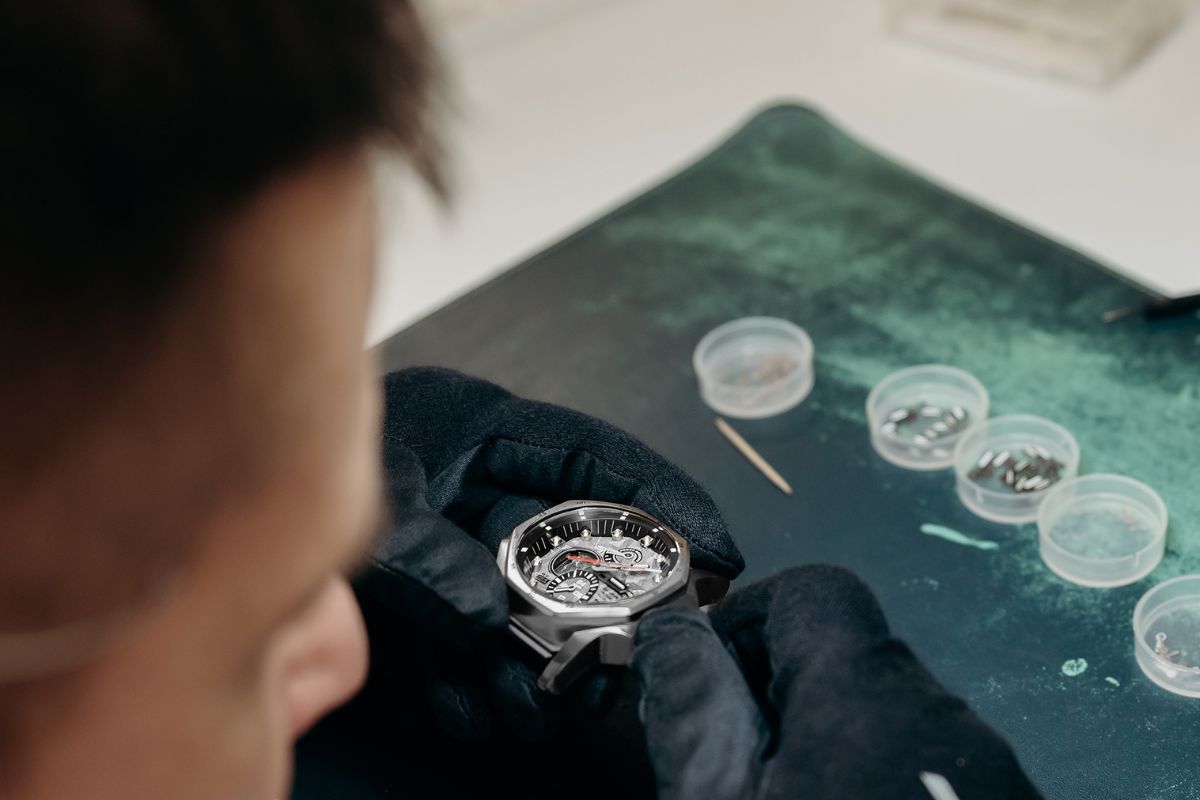
Types of watch movements

Various
Types of watch movements

Every mechanical device needs energy to operate. Mechanical watches, for instance, derive their energy from the winding of a mainspring, and the release of this energy through the mechanical movement powers its timekeeping functions. How exactly does a mechanical watch work? How do watch components work together to regulate the release of energy and distribute it to the various parts of the watch?
Manual key-winding
A ratchet mechanism plays a vital role in maintaining the tension of the mainspring while winding the watch as it prevents the spring from unwinding. Its construction may seem simple but it has seen many different solutions. Let’s start with key-wound watches, which are some of the earliest forms of mechanical watches. Instead of a crown, they’re wound by inserting a key into a hole in the watch case. This action tightens the mainspring inside the barrel. To prevent the mainspring from unwinding while wearing the watch or during winding, key-wound watches also use a ratchet mechanism. The click engages with the ratchet wheel and allows it to turn in one direction (clockwise when winding) while preventing it from turning in the other direction (counter-clockwise, which would release the mainspring's tension). Key-wound watches were popular until the 19th century.
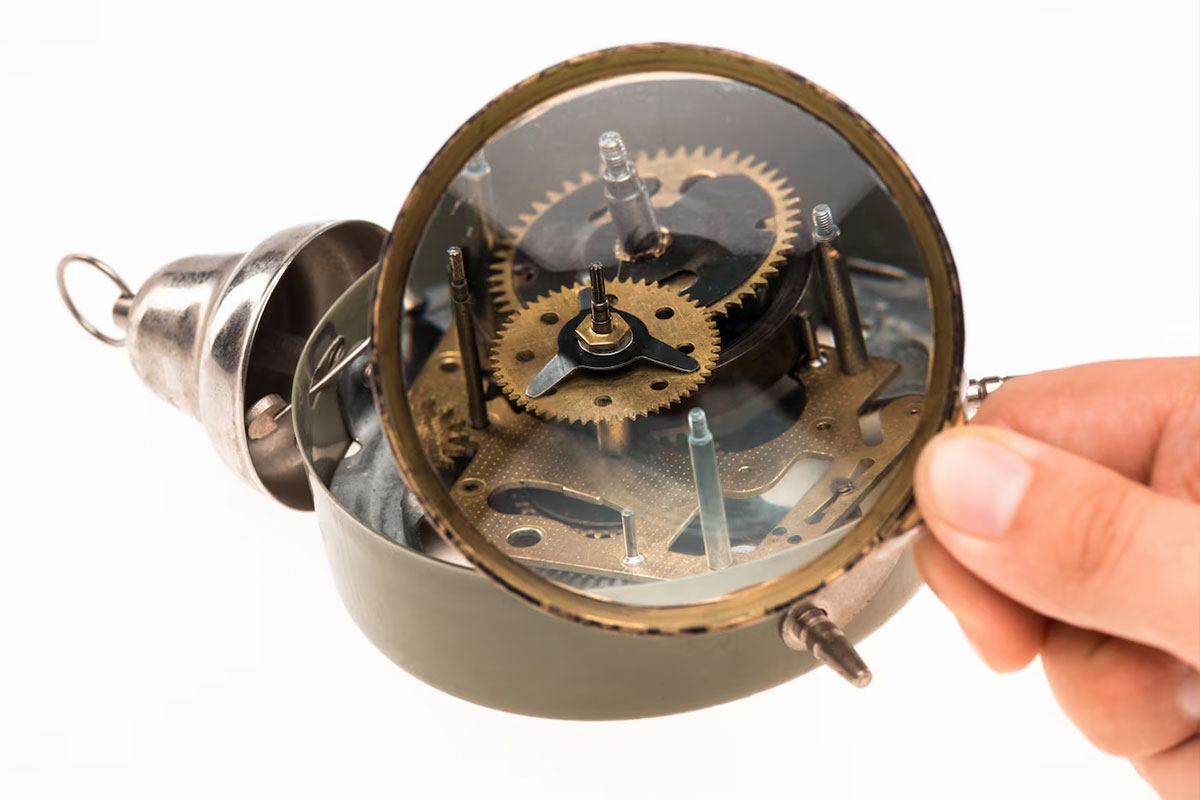
Manual winding with a crown
Thanks to the removal of a key and the use of a crown, operating watches has become simpler. It was necessary to change the position of the winding stem in the watch movement. In this way, a stem was transitioned from a perpendicular to a parallel position. Essentially, the keyless winding of the watch is attributed to Adrien Philippe. However, it is also true that in history several other manufacturers have developed their own keyless winding solutions.
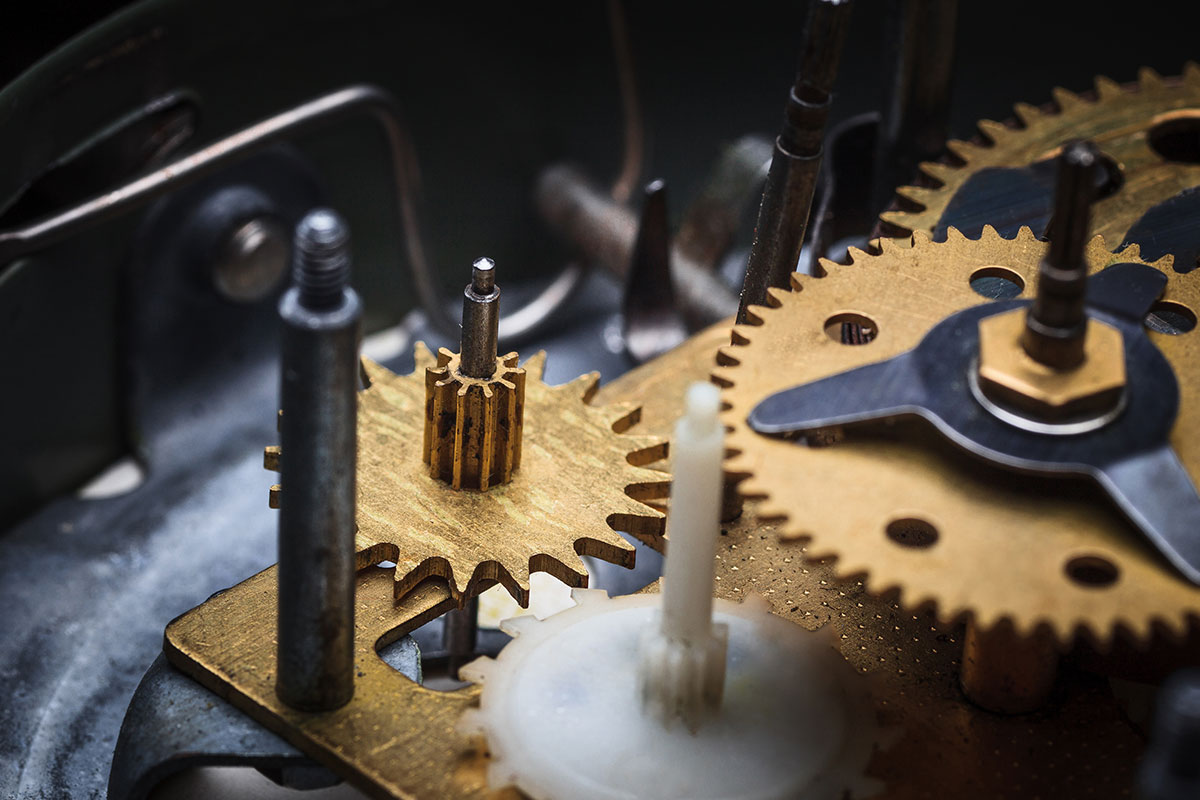
In 1830, Antoine-Louis Breguet produced a pocket watch equipped with a knurled button which fulfilled two functions: setting the hands and rewinding the watch. In 1838, Louis Audemars of Brassus developed the keyless winding system. In 1844, A. Philippe introduced the keyless system at an exhibition in Paris. This system allowed for winding the spring and adjusting the hands. Jean Adrien Philippe received a bronze medal for this invention at the Exposition Nationale des Produits de l'Industrie in Paris. In 1847, Antoine LeCoultre developed a system that didn’t require a key to wind the spring and set the hands. Instead of using a key, a separate button was introduced to either wind or set the watch. On May 15, 1866, Ferdinand Adolph Lange invented and patented his own mechanism for spring winding and setting hands.
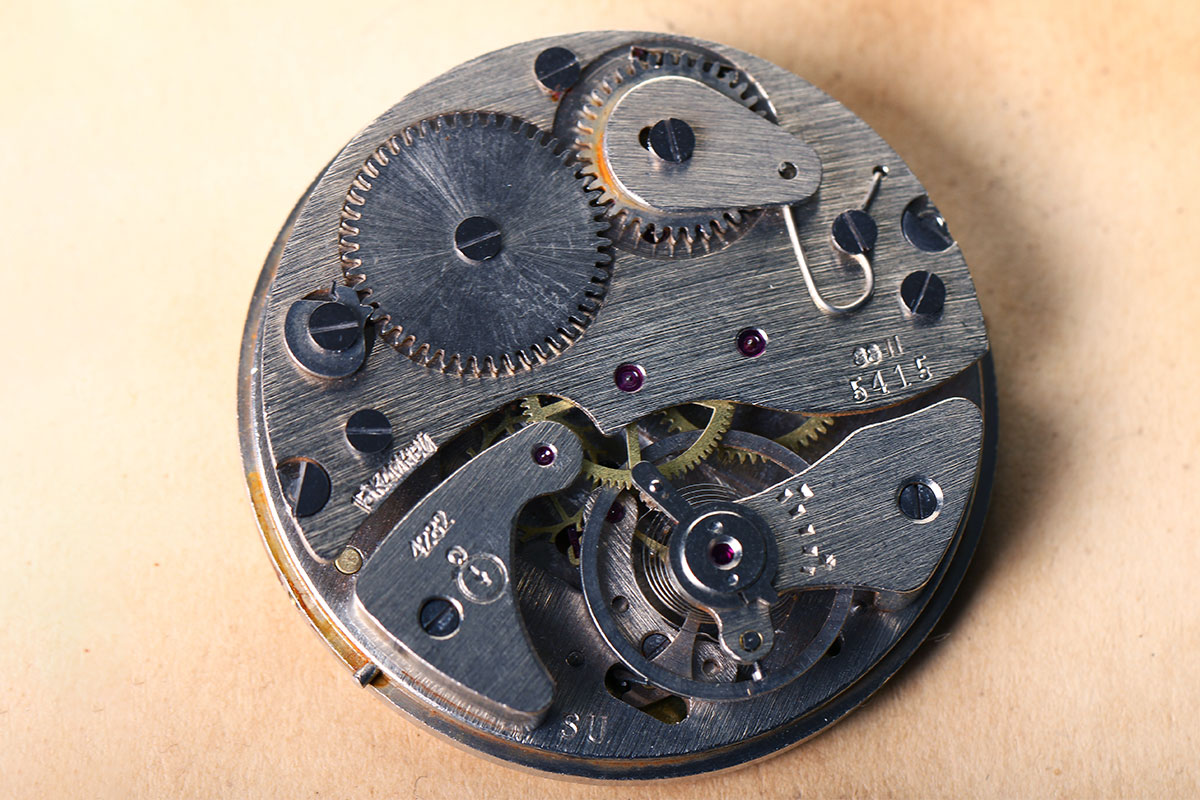
Design changes for manual winding with a crown
The main problem with keyless systems in pocket watches was the need to disassemble its internal components like a winding stem, a pivot, and a shaft before removing the movement for servicing. This problem was solved in 1889 by Jean-Adrien Philippe, who placed a special joint between the winding stem and shaft allowing the crown and stem to stay in the pendant, while the winding shaft came out with the movement. In tower clocks, a winding crank is often used, which can also be applied in wristwatches. This solution works great for timepieces with a multi-day power reserve.
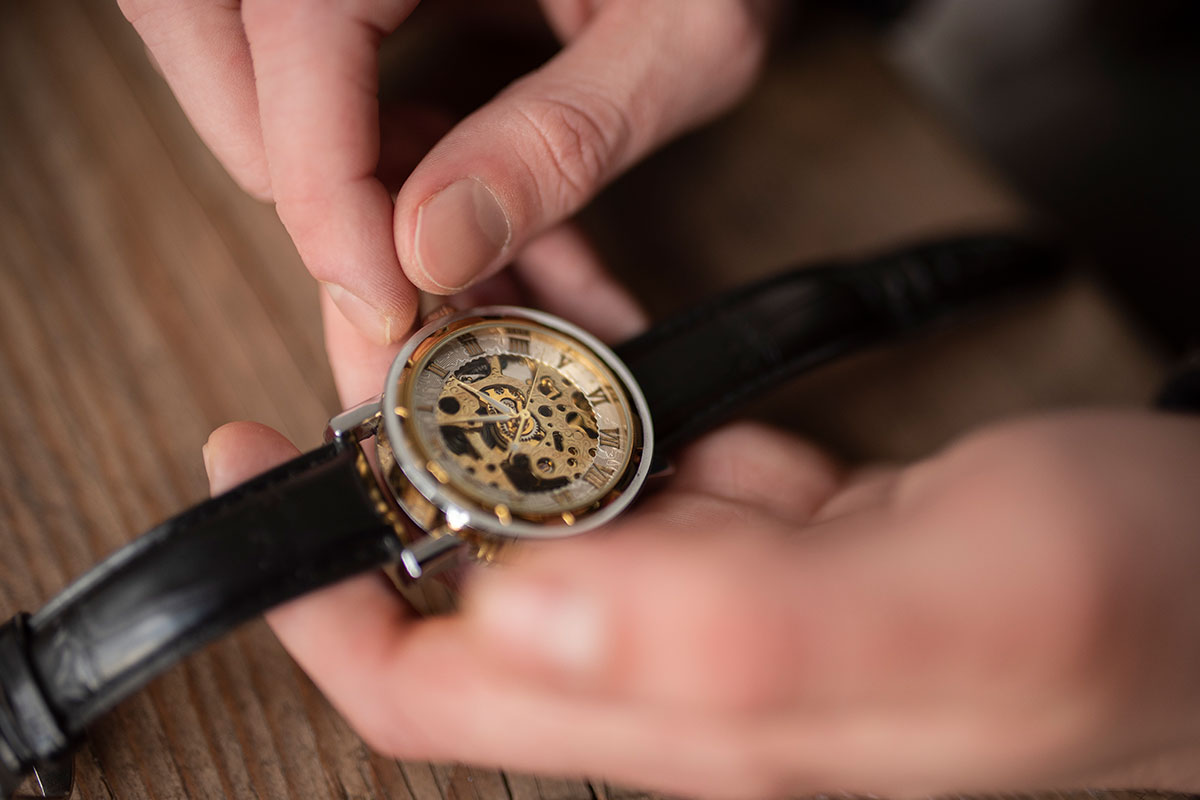
Self-winding (automatic)
In the case of self-winding, a modification in the watch mechanism was required. The installation of the mainspring had to ensure that when it was fully wound, additional automatic winding wouldn't cause it to detach. To achieve this, a slip clutch was employed. When the mainspring is fully wound and there is no more space for additional tension, the slip clutch allows the winding rotor to slip without further tensioning the mainspring. Automatic or self-winding watches use the movement of an unbalanced mass (often called a rotor) that moves under the influence of gravity or the inertial force created by the movement of the wearer's wrist. The invention of the automatic or self-winding watch is often attributed to Swiss watchmaker Abraham-Louis Perrelet (1777). A few years later, Abraham-Louis Breguet is believed to have independently invented it.
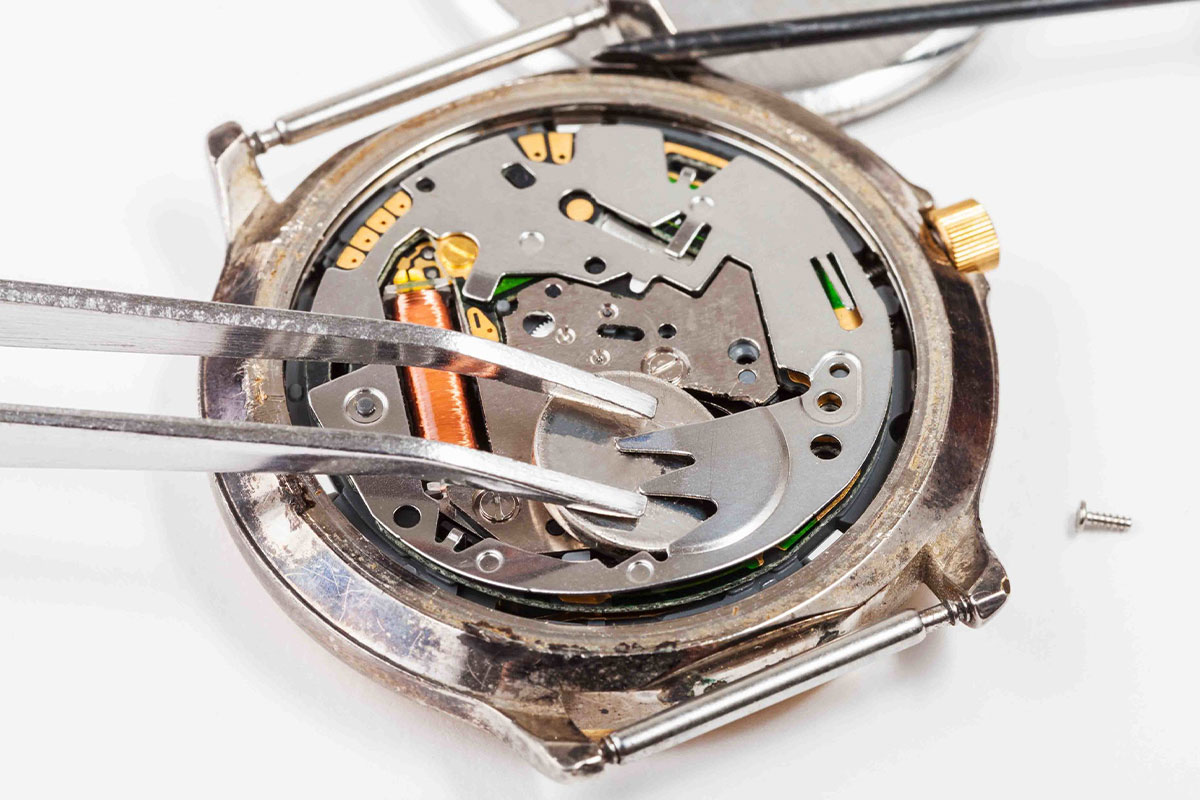
Modifications of the watch movement
In 1931, Eugene Meylan - engineer, watchmaker, owner, and founder of the Glycine company - introduced his own innovative movement called Calibre 18. It could be used as an automatic or a hand-wound movement (wound by turning the crown). In 1931, Emil Borer, an engineer at Aegler, invented for Rolex a self-winding movement with rotor winding (perpetual). Wearing a watch with this kind of movement on your wrist for at least six hours would guarantee uninterrupted operation without the need to wind the crown. This complication has been introduced over time by all watch companies. In 1946, IWC engineer Albert Pellaton introduced an innovative pawl-winding system that allowed the spring to be wound with any direction of rotation of the rotor. Two years later, Eterna introduced an automatic wristwatch on a ball bearing mounted rotor that minimised friction. In 1953, Jaeger-LeCoultre introduced the Bumper self-winding movement equipped with a rotor suspended from both sides of the movement. In 1954, Buren patented a micro-rotor watch movement which allowed it to produce the flattest possible automatic watches. A peripheral winding rotor oscillating on the outside of the movement was patented in 1955. However, it took another decade before watches featuring this type of rotor were introduced by Patek Philippe, following the reapplication of the patent.
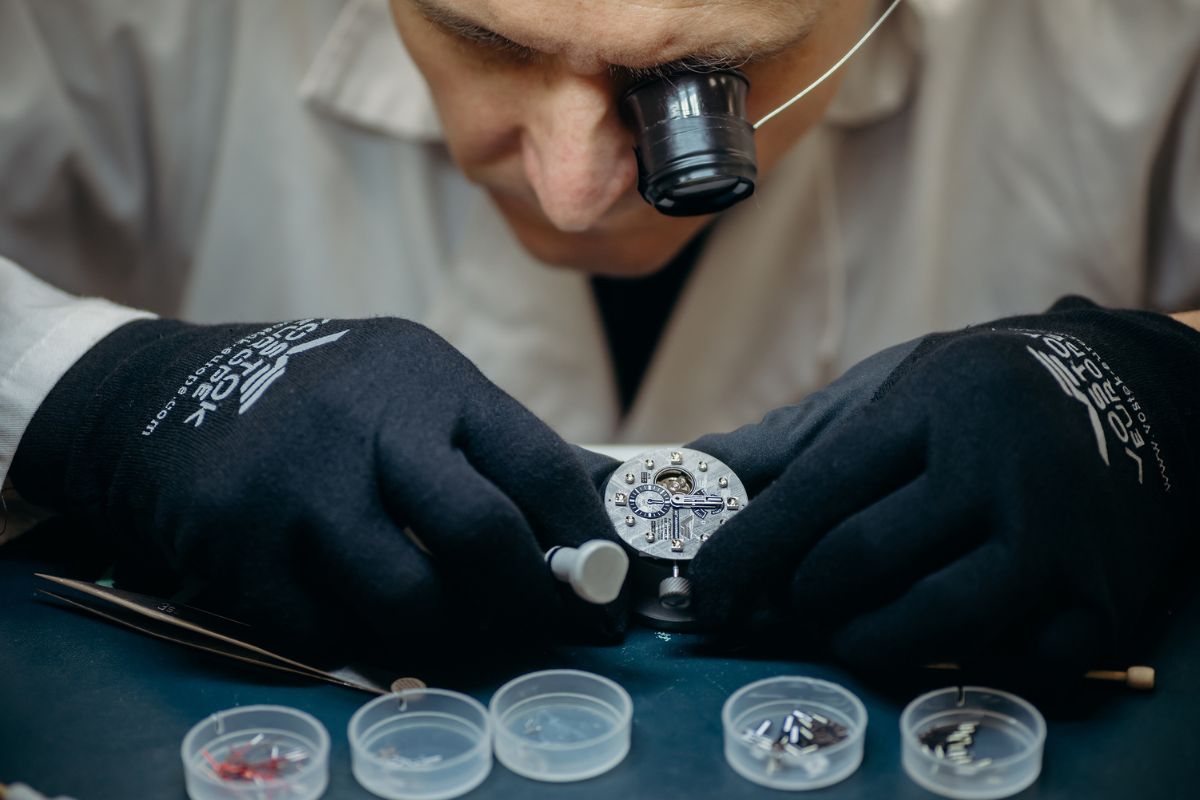
In 1959, Seiko unveiled the self-winding watch equipped with Seiko's proprietary “magic lever" system. In 2004, TAG Heuer introduced the prototype Monaco V4 watch that featured optimised mechanical transmission belts and a linear winding system. Today, the solution commonly used in automatic winding is a rotating rotor that performs a full rotation around its axis. Winding can occur with rotation in one direction of the rotor movement or with rotation in both directions. Due to the fact that the winding of the spring is performed in one direction, in some cases bidirectional winding requires the use of a "reverser". This component changes the bidirectional movement of the rotor into a unidirectional movement of the wheels. In order to reduce the thickness of the watch, a micro-rotor was used. In today's world, where watches have evolved into fashion accessories, and the intricate decoration of their mechanisms and the chance to marvel at their inner workings play pivotal roles in elevating the manufacturer's reputation, the micro-rotor has emerged as a highly cherished solution.
